Since 2012, the United States Conference of Catholic Bishops has sponsored a Fortnight for Freedom from June 21 to July 4. The word “fortnight” — a period of 14 days or two weeks — is derived from an Old English term. However, the most important English connection is the martyrdoms of Saints John Fisher and Thomas More in 1535. Their shared feast is on June 22, the second day of the fortnight.
St. John the Baptist and Sts. Peter and Paul, the first Roman Martyrs, are other martyrs’ feasts highlighted during the fortnight.
Not all of anniversaries of their martyrdoms are on the Church calendar, but several Catholic martyrs from the English recusant (meaning those who “refused”) era from the time of Elizabeth I to Charles II are. These martyrs provide us examples of those who paid the ultimate price for religious freedom, revealing a struggle for that freedom when such a right was unimaginable because of state control over religion.
St. John Rigby, layman, was executed on June 21, 1600, for having converted to Catholicism and neglected to attend Church of England services. Rigby had been received into the Catholic Church by another martyr, the Franciscan St. John Jones.
St. Thomas Garnet, SJ, was hung, drawn, and quartered* during the reign of James I after the Gunpowder Plot discovery. He denied any involvement in it and would not swear James’ Oath of Allegiance denying the Pope’s authority. On June 23, 1608, he proclaimed himself the happiest man alive before his execution.
St. John Southworth, the martyr of Westminster, suffered while Parliament ruled on June 28, 1654. Arrested and exiled before, he had returned to England to serve the Catholic laity. On the scaffold he proclaimed: “My faith is my crime, the performance of my duty the occasion of my condemnation. I confess I am a great sinner; against God I have offended, but am innocent of any sin against man, I mean the Commonwealth, and the present Government.”
Blessed Philip Powell, OSB, suffered during the English Civil War, condemned to death under the Elizabethan statute that designated his priesthood in England as an act of treason. He was executed on June 30, 1646.
On July 1, the Irish celebrate St. Oliver Plunkett, the Archbishop of Armagh executed at Tyburn during the Popish Plot hysteria during Charles II’s reign. In 1681, Plunkett was the last Catholic priest to suffer there, found guilty of a conspiracy that didn’t exist by a failure of the English justice system that violated all standards of due process.
On the same day in 1616, during the reign of James I, Blessed Thomas Maxfield’s execution was well-attended by Spanish diplomats, who formed a guard of honor and festooned Tyburn Tree with garlands.
Blesseds George Beesley and Montford Scott were executed on Fleet Street, July 2, 1591, after suffering torture by Richard Topcliffe, Elizabeth I’s official priest catcher.
To cap off the martyrdoms of the fortnight: Two groups of Catholic martyrs in Elizabethan England — in 1594 in Dorchester and in 1597 in York — comprised of priests and the laymen who protected them. In Dorchester, Blessed John Cornelius, priest, and Blesseds Thomas Bosgrave, John Carey, and Patrick Salmon, all laymen. Bosgrave had offered Father Cornelius a hat upon his arrest. Father Cornelius was tortured to reveal more lay contacts. In the town of York, Blessed William Andleby, priest, and Blesseds Henry Abbot, Thomas Warcop, and Edward Fulthorp, again laymen. Andleby, Abbot, and Fulthorp were all Catholic converts.
These sixteen martyrs represent the hundreds beatified, canonized or not, who suffered in England for their faith from the 1570s to the 1690s, not to mention those imprisoned, fined, and exiled. They inspire us with their courage and willingness to sacrifice their lives.
While we in the United States don’t face such threats, we know that Catholics and other Christians are facing greater dangers around the world. The Fortnight for Freedom reminds us this is the time to defend our religious freedom before we lose them.
Editor’s note: To understand the horror of being hung, drawn, and quartered click here.

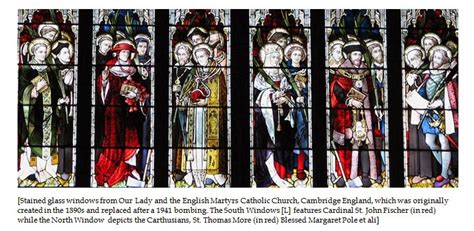

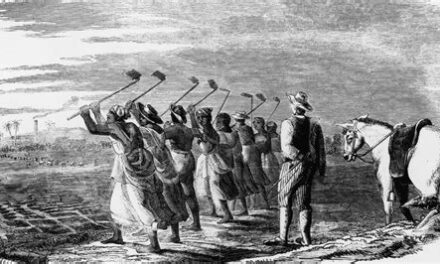



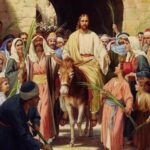
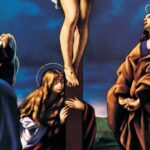

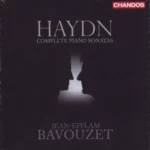

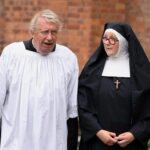


Trackbacks/Pingbacks